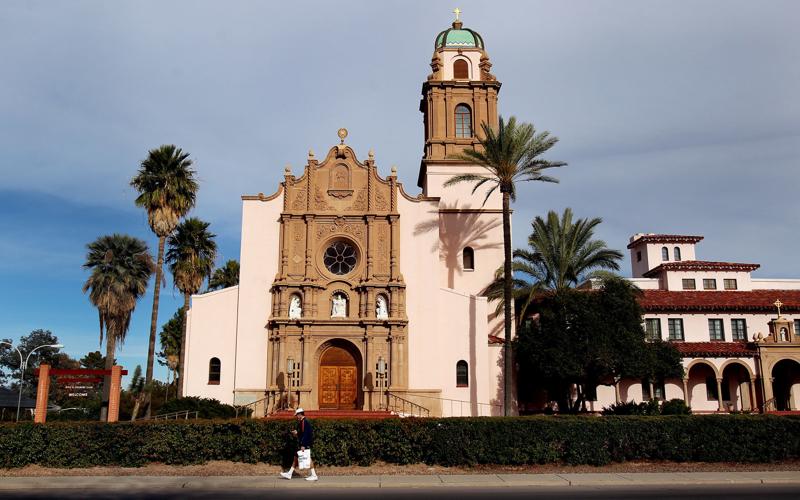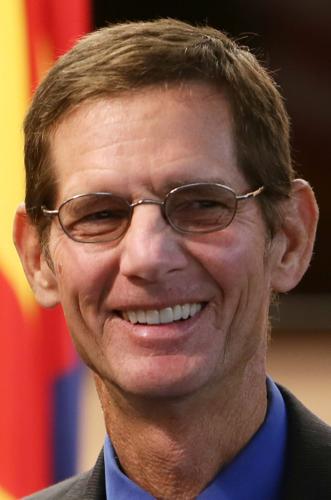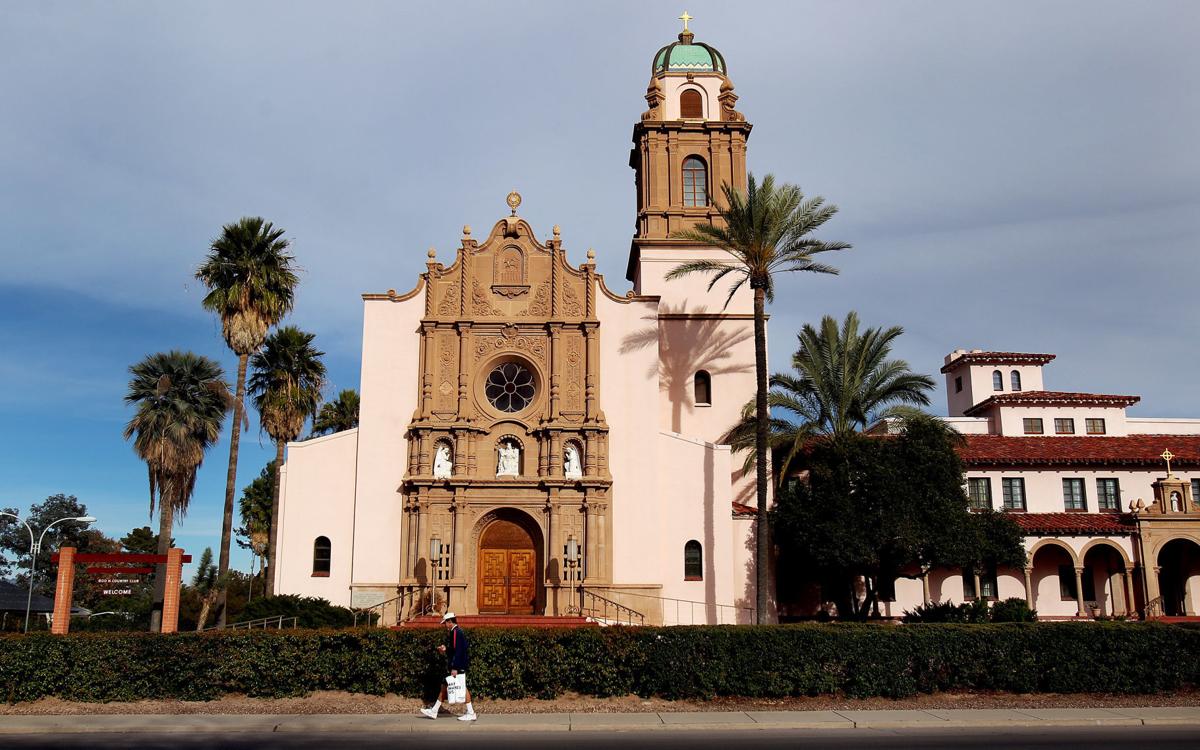In my traveling around the world, I’ve had the opportunity to see architectural treasures that help to define the locales in which they reside. Whether in Asia, Europe or the subcontinent of Africa, communities have committed to the preservation of iconic structures that now stand as a testament to their individual histories. Once they’re gone, so is a piece of the cultural identity.
In 1939, the Benedictine Sisters chose architect Roy Place to design and oversee the construction of their monastery. Place used concepts provided by another revered architect of the time – Josias Joesler. Those two architectural giants produced the Benedictine Monastery that is still standing strong in Tucson. By any definition, it is a local historic landmark matched by only a select few other structures in our region.
On March 18th, 2014, the Mayor and Council wisely adopted an ordinance by which the governing body may initiate the process of designating a structure or site a Historic Landmark. Such a designation prevents the desecration or demolition of the area so named through a formal zoning change. It’s a legal process in which the public has an opportunity to weigh in and express its cumulative voice. At our last City Council study session, I requested we begin that process in order to protect the monastery from the threat of demolition. My colleagues unanimously agreed.
While under the ownership of the Benedictine Sisters, the building and site were placed on the National Register of Historic Places. While preservation was their intent by taking that step, being placed on that list does not prevent demolition. The Historic Landmark zoning does. The process I have begun simply affirms the Sisters’ intent and understanding.
A local developer purchased the 6-acre site based on what he was “entitled” to do with it under the existing zoning. Without the Historic Landmark (HL) zoning overlay, that includes demolishing the buildings and replacing them with over 850 student housing beds. He has used that as leverage to attempt to force development surrounding the monastery that is severely out of context for either the immediate site, or for the adjacent single-family residential homes in the area. At a community meeting I hosted, an audible gasp was heard throughout the crowd in attendance when the image of what was being proposed appeared on the screen. We will not be coerced into accepting a bad design under the threat of demolition.
The Historic Landscape designation will prevent that threat from being used to frame design discussions. My intent is preserving these significant historic resources and architectural treasures and keeping them in active use. They have economic value in their current form. Studies across the nation validate that the stability that comes with historic preservation status increases economic opportunities associated with such properties. Out-of-scale development is not necessary to realize a respectable return on an investment.
Why do we cringe at the loss of historical structures of this stature? Because we innately understand the permanent loss associated with such irresponsible and self-absorbed acts. Allowing development that subsumes the beauty of the architecture is also unacceptable.
I doubt the governing bodies that have seen fit to protect their archaeological and architectural history had the formal processes in place that we do. As this Historic Landmark zoning process moves forward, we’ll receive input from the City Historic Preservation Office, our Planning Director, the Tucson-Pima County Historic Commission, and from the public. And as that process plays itself out, we can continue having conversations with the developer related to what may be contextually appropriate development for the site.
As those conversations occur, the threat of demolition will not be a tool with which out-of-scale development may be coerced onto the site. We will protect our history.







